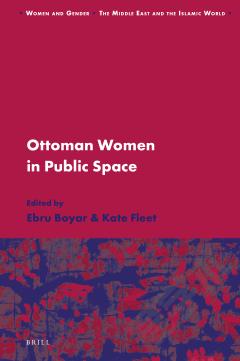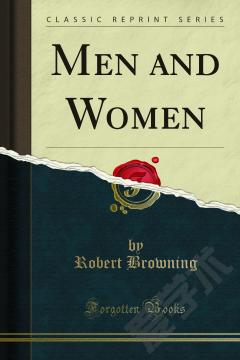Women and Community in Oman
Before 1970 Oman was one of teh more isolated countries on the Arab peninsula. The growth of the oil economy during the seventies, however, has brought rapid change to the small towns and villages that make up the country. In Women and Community in Oman Chritine Eickelman captures the tone and feel of this desert culture on the verge of substantial, and probably irreversible, change. During 1979 and 1980 she lived in Hamra, an oasis of 2,500 persons and the capital of the Abriyin tribe. Situated on the western edge of the Jabal al-Akhdar region of inner Oman, this was formerly one of the most inaccessible areas of the peninsula. Eickelman lived there among the people of Hamra, visiting Omani, this was formerly one of the most inaccessible areas of the peninsula. Eickelman lived there among the people of Hamra, visiting Omani homes, and speaking daily with the men and women - especially the women. The result is a lively and very personal firsthand account of day-to-day life in the Omani interior. The book looks at the practical changes in the life of the Omanis, and at the roles, concerns, and aspirations of the women there. Eickelman explores key concepts in the Omani community and family life, from choosing a spouse and negotiating a marriage to giving birth and raising children; from work and status within the community to rituals, mores and sociability in the neighborhood. Eickelman's study stands as a discriminateing and sympathetic view of a sturdily independent culture. This perceptive and informative account will be of lasting importance and interest to Middle East specialists, anthroupoligists, those concerned with women's studies, and to al persons who want to learn more about the implications of political and social change in the Third World.
{{comment.content}}








 京公网安备 11010802027623号
京公网安备 11010802027623号